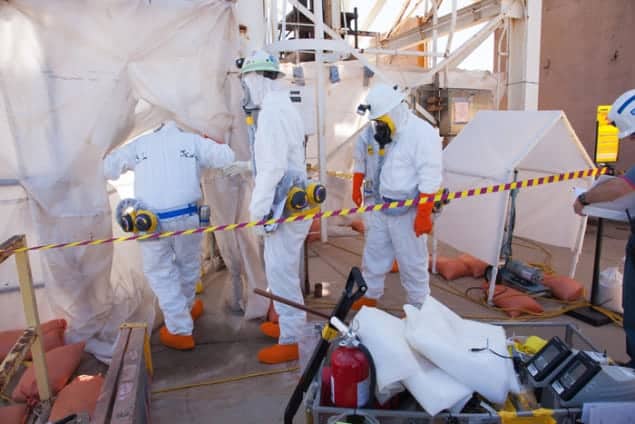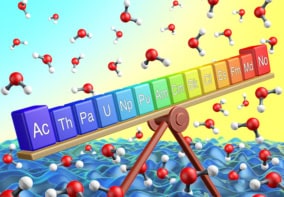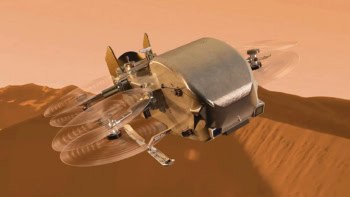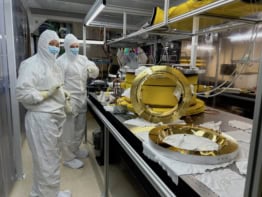
An explosion and a series of radioactive leaks have forced the closure of the Waste Isolation Pilot Plant (WIPP), which is located in a salt mine near Carlsbad, New Mexico, US. The incident has put a temporary halt to the Enriched Xenon Observatory-200 (EXO-200) particle-physics experiment. Installed at WIPP in 2007, the experiment seeks to answer whether neutrinos are Majorana particles – entities that are their own antiparticles. Principal investigator Giorgio Gratta, a Stanford University physicist, hopes to restart operations in early autumn. But for now, he says, “the experiment is closed off”.
WIPP, which holds low- and medium-level radioactive waste, has provided an effective working environment for EXO-200. The experiment is installed 665 m below ground, where it is shielded from cosmic rays, while the salt in the mine produces much less background radioactivity than other types of rock. But February’s explosion and leakage, which occurred nine days after a truck caught fire inside the facility, left no choice but to close the plant to prevent more radioactive material from reaching the surface.
Suspicious drums
Authorities have sealed off the areas containing suspect drums of waste, and are changing the above-ground filters that received material during the fire, explosion and release of radiation. They are also investigating the cause of the explosion, so far without a conclusive result. “We have no finalized timetable for when we’ll resume waste-disposal operations,” says WIPP spokesperson Ben Williams.
EXO-200, which had been undergoing an upgrade, is one of the most sensitive experiments to search for neutrinoless double β decay. Conventional double β decay occurs when two neutrons in an unstable nucleus become protons with the ejection of two electrons and two antineutrinos from the nucleus. EXO-200 was the first experiment to observe this behaviour in xenon. In the neutrinoless form, which has yet to be observed, the electrons alone carry away all the energy from the reaction – and theory indicates that this is possible only if the neutrinos are their own antiparticles.
Postponed upgrade
EXO-200’s first two years of operation revealed no sign of the reaction, according to results reported last week (“EXO-200 narrows its search for Majorana neutrinos”). The now-postponed upgrade, which involves improving the detector and upgrading the electronics, is intended to improve the experiment’s sensitivity by a factor of three. The team is also designing a larger and more sensitive experiment that will have to be located more deeply underground and on a more stable foundation than WIPP’s salt mine. A possible location for that experiment is the SNOLAB underground lab in Ontario, Canada.
Gratta hopes, however, that his team will be allowed back into the plant early this month. “The tentative schedule has us restarting in early fall,” he says. “If we couldn’t get underground for a year we would lose interest and concentrate on the design of the new experiment. But I see no evidence we have to worry about that.”



